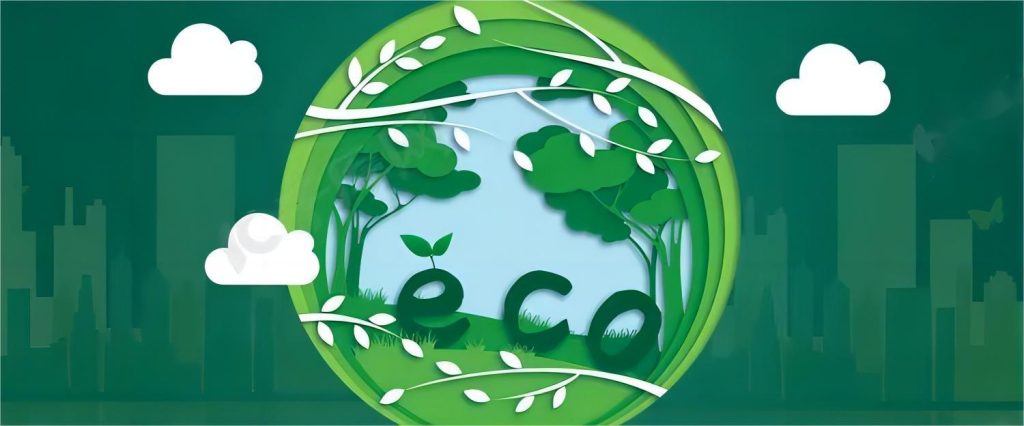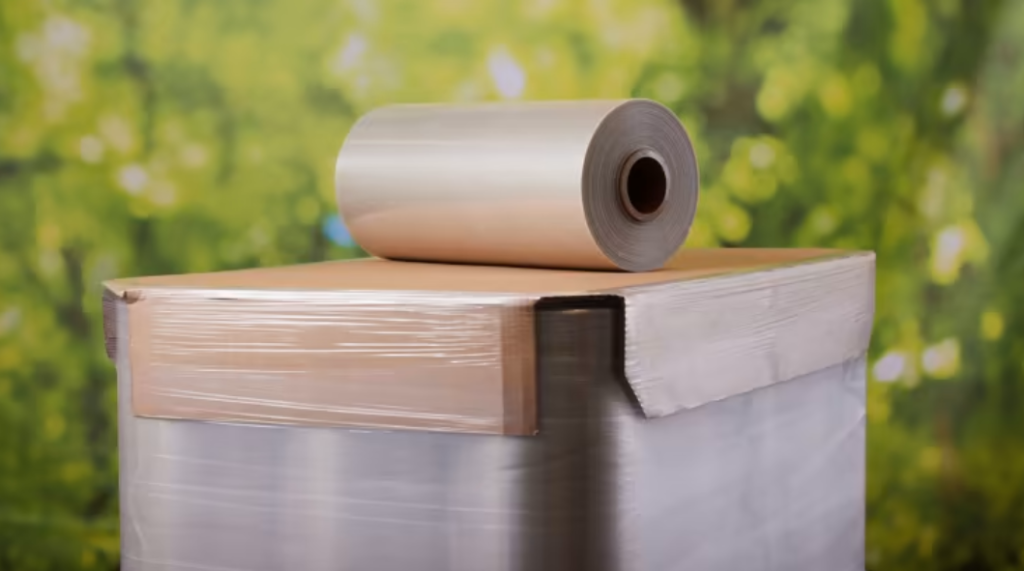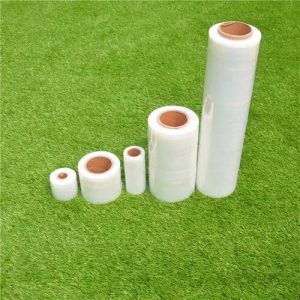The future of sustainable packaging is being shaped significantly by PCR (Post-Consumer Recycled) Recyclable Stretch Film, a material that epitomizes the commitment to environmental responsibility in the packaging industry.
PCR Recyclable Stretch Film: A Cornerstone of Eco-Friendly Packaging
PCR recyclable stretch film is revolutionizing the packaging world with its sustainable approach. Made from recycled plastics, it offers an effective solution to the problem of plastic waste, reinforcing the industry’s shift towards eco-friendly practices.

Environmental Benefits of PCR Stretch Film
PCR stretch film plays a crucial role in environmental conservation. Utilizing recycled materials reduces landfill waste, cuts down on the need for virgin plastic production, and contributes to a lower overall carbon footprint.
Durability and Functionality
Despite being made from recycled content, PCR stretch film maintains high standards of durability and functionality. It is suitable for a wide range of packaging applications, proving that sustainable solutions can also be practical and effective.
The Complementary Role of Biodegradable Stretch Film
While PCR stretch film focuses on recycling, Biodegradable Stretch Film addresses the need for sustainable materials that can decompose naturally, offering a holistic approach to eco-friendly packaging.

Biodegradable Films and Environmental Impact
Biodegradable stretch films are designed to break down after their use, minimizing their impact on the environment. This feature is crucial in tackling the global issue of plastic pollution and in promoting a more sustainable approach to packaging.
Versatility and Industry Adoption
The versatility of biodegradable stretch film makes it a popular choice across various industries. Its ability to meet diverse packaging needs while being environmentally responsible aligns with the growing trend towards sustainability.
Conclusion
PCR recyclable and biodegradable stretch films are leading the way in sustainable packaging solutions. Their adoption reflects a significant shift in the packaging industry towards more environmentally conscious practices, setting a new standard for the future of packaging and contributing to a healthier, more sustainable planet.



